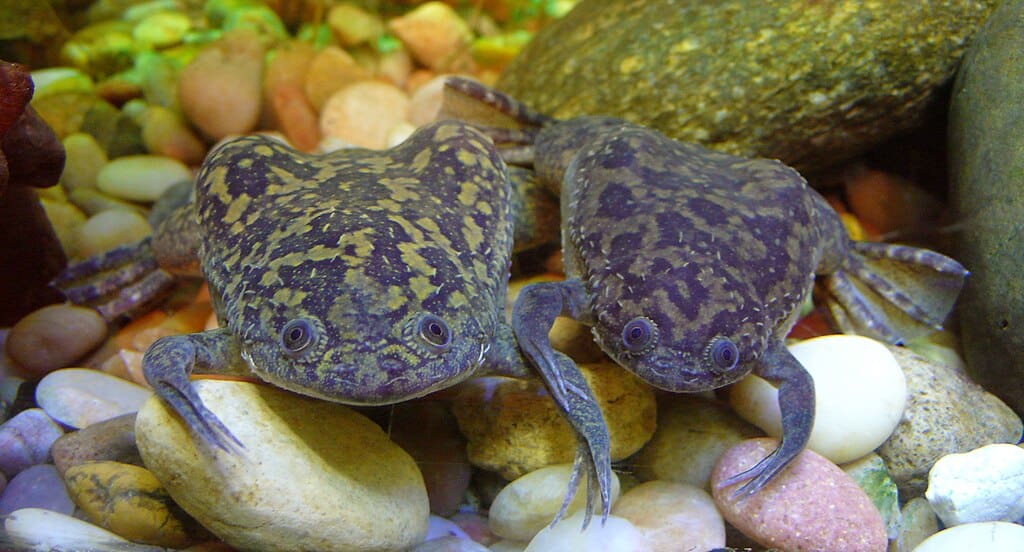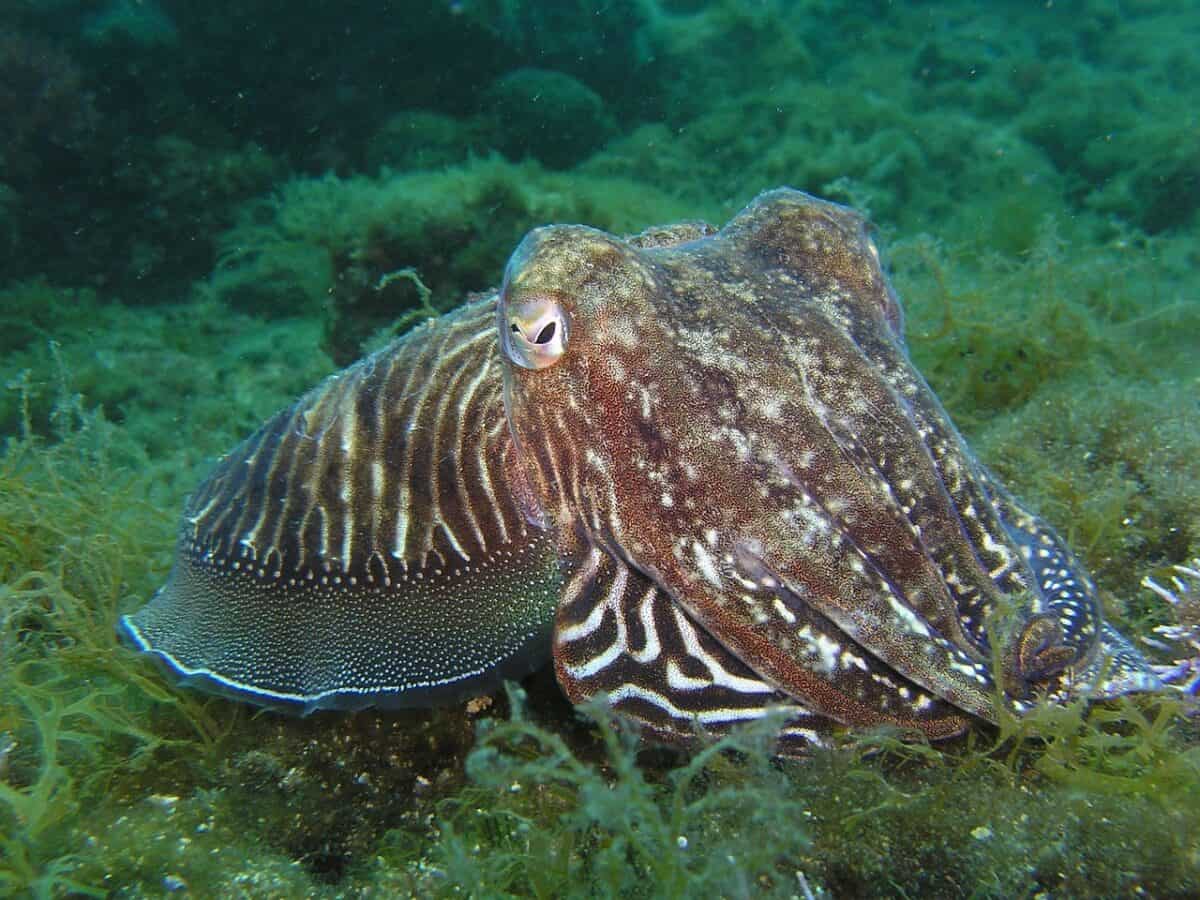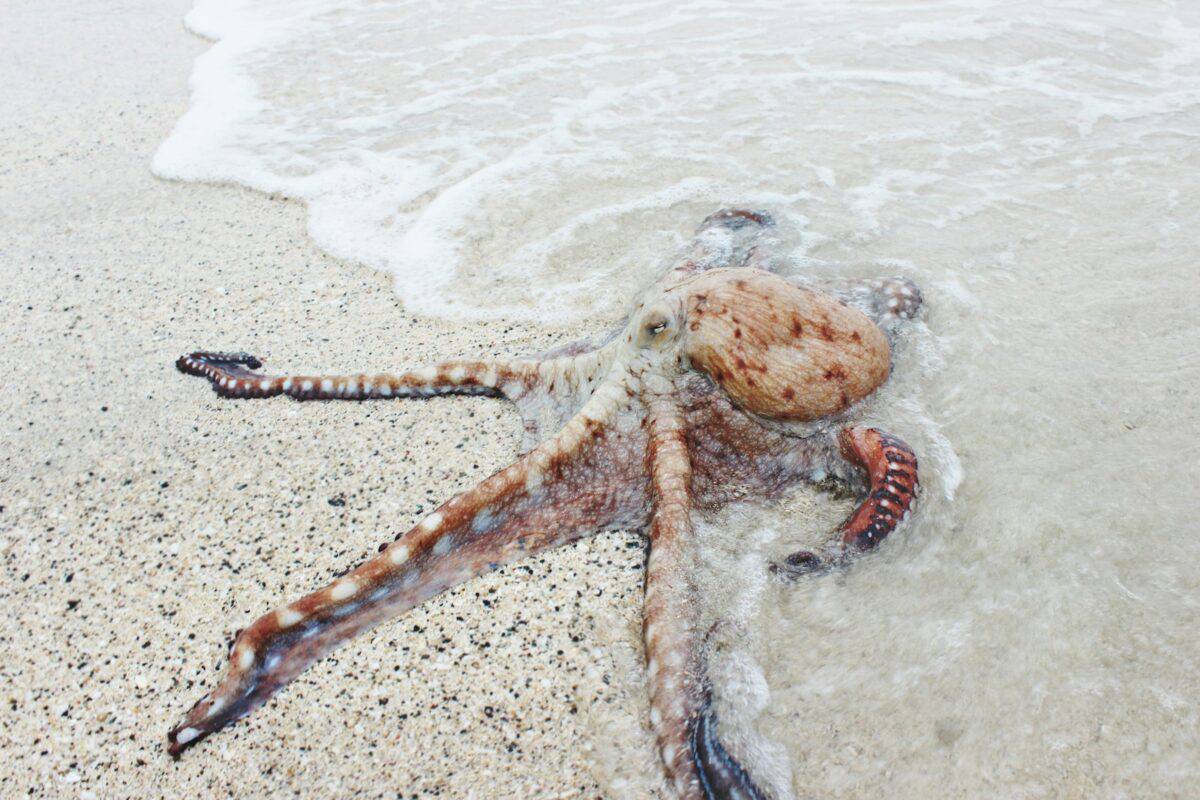Throughout history, certain animals have played pivotal roles in scientific discovery, fundamentally changing our understanding of the world and advancing human knowledge in extraordinary ways. From the humble fruit fly to the resilient tardigrade, these creatures have served as the unsung heroes of scientific breakthroughs, providing crucial insights into genetics, medicine, space exploration, and much more. This article explores thirteen remarkable animals whose contributions to science have been nothing short of revolutionary, forever altering the course of human understanding and innovation.
13. Drosophila melanogaster The Fruit Fly That Revolutionized Genetics

The tiny fruit fly, Drosophila melanogaster, has had an oversized impact on our understanding of genetics and heredity. In the early 20th century, Thomas Hunt Morgan’s pioneering work with fruit flies established the chromosome theory of inheritance, demonstrating that genes are carried on chromosomes. These insects became the perfect model organism due to their short life cycle (about 12 days), ease of breeding, and relatively simple genome with just four pairs of chromosomes. Yet remarkably, they share approximately 60% of their DNA with humans, including many disease-causing genes. The fruit fly has contributed to at least five Nobel Prizes and continues to be essential in modern genetic research, helping scientists understand everything from basic inheritance patterns to complex neurological disorders.
12. HeLa Cells The Immortal Legacy of Henrietta Lacks

While not an animal in the traditional sense, the HeLa cell line derived from Henrietta Lacks, an African-American woman who died of cervical cancer in 1951, represents one of the most important biological discoveries in science. These were the first human cells discovered to be “immortal” – capable of dividing indefinitely when maintained under proper laboratory conditions. The unique properties of HeLa cells made them incredibly valuable for scientific research, playing crucial roles in developing the polio vaccine, cancer treatments, gene mapping, and countless other medical advances. HeLa cells have been used in over 74,000 studies, sent into space, exposed to nuclear testing, and have contributed to more than 110,000 scientific publications. Their legacy raises important ethical questions about informed consent and tissue ownership, but their contribution to science and medicine has saved countless lives worldwide.
11. Caenorhabditis elegans The Transparent Worm That Illuminated Development

This tiny, transparent nematode worm, measuring just 1mm in length, has provided extraordinary insights into cellular development and programmed cell death (apoptosis). Its transparency allows scientists to observe every cell division from fertilized egg to adult, making it the first organism to have its entire developmental cell lineage mapped. With exactly 959 somatic cells in the adult hermaphrodite, C. elegans offered scientists a predictable model to study how cells differentiate and organize themselves. Sydney Brenner, H. Robert Horvitz, and John Sulston received the 2002 Nobel Prize for their work with C. elegans, particularly for discoveries concerning genetic regulation of organ development and programmed cell death. This humble worm continues to be invaluable in neuroscience research, as its nervous system of just 302 neurons has been completely mapped, creating the first-ever complete connectome of any organism.
10. Mus musculus The Laboratory Mouse That Transformed Medicine

The laboratory mouse has been the backbone of biomedical research for over a century, serving as the premier mammalian model organism. With a genetic makeup that’s approximately 85% identical to humans, these small rodents have been instrumental in understanding human diseases, developing treatments, and testing drug safety. The development of genetically modified mice in the 1980s revolutionized the field, allowing scientists to create models of specific human diseases by altering mouse genes. Knockout mice (with specific genes disabled) and transgenic mice (carrying foreign genes) have been crucial in understanding gene function and pathology. The collaborative effort to sequence the mouse genome, completed in 2002, further enhanced their value in comparative genomics. Laboratory mice have contributed to virtually every major medical breakthrough of the past century, from the development of insulin treatment for diabetes to modern cancer immunotherapies.
9. Xenopus laevis The African Clawed Frog That Advanced Developmental Biology

The African clawed frog has been a cornerstone of developmental biology since the 1950s. Its large, easily manipulated eggs and embryos have made it ideal for studying early development processes. These frogs produce hundreds of eggs simultaneously, which develop externally and are large enough to be easily observed and manipulated under a microscope. In the 1960s, John Gurdon performed groundbreaking nuclear transfer experiments with Xenopus, effectively cloning frogs by transferring nuclei from tadpole cells into egg cells—work that earned him the 2012 Nobel Prize and laid the foundation for later mammalian cloning. The frog has also been invaluable in studying vertebrate embryonic development, cell cycle regulation, and the molecular mechanisms of cell differentiation. Additionally, Xenopus oocytes have unique properties that make them excellent for studying ion channels and neurotransmitter receptors, contributing significantly to neuropharmacology research.
8. Tardigrades The Water Bears That Redefined Survival Limits

Tardigrades, affectionately known as “water bears” or “moss piglets,” are microscopic eight-legged animals that have revolutionized our understanding of extremophile biology and survival limits. These remarkable creatures can withstand conditions that would be lethal to almost all other life forms on Earth. They can survive being frozen to near absolute zero (-458°F or -272°C), heated to 304°F (151°C), exposed to the vacuum of space, subjected to pressure six times greater than at the deepest ocean trenches, and can go without food or water for 30 years by entering a state called cryptobiosis. Scientists have identified unique proteins in tardigrades, including damage-suppressing proteins that protect DNA from radiation damage. These discoveries have profound implications for space biology, radiation protection, and long-term preservation of biological materials. Researchers are now studying tardigrade proteins for potential applications in preserving vaccines without refrigeration, protecting cells from radiation damage, and developing more effective sunscreens.
7. Danio rerio The Zebrafish That Swam to the Forefront of Developmental Research

The zebrafish has emerged as one of the most valuable vertebrate models in modern biological research. These small, striped fish native to South Asia possess several characteristics that make them ideal for scientific study. They produce hundreds of offspring weekly, develop rapidly and externally, and perhaps most importantly, their embryos are completely transparent, allowing researchers to observe development in real-time. The zebrafish genome has been fully sequenced, revealing that approximately 70% of human genes have at least one zebrafish counterpart. Their remarkable ability to regenerate damaged heart tissue, fins, and even portions of their brain has made them invaluable in regenerative medicine research. Scientists have created thousands of zebrafish mutant lines to study human diseases, including cancer, cardiovascular disorders, and neurodegenerative conditions. The fish’s optical transparency has also allowed researchers to visualize neural activity throughout the entire brain of living animals, providing unprecedented insights into neural circuit function.
6. Rhesus Macaques The Primates Behind Vaccine Development

Rhesus macaques have been essential to modern medicine, particularly in the development of vaccines and understanding infectious diseases. Their physiological similarity to humans—sharing approximately 93% of our DNA—makes them invaluable models for studying human health. In the 1940s, these monkeys were central to developing the first polio vaccines, helping Jonas Salk and Albert Sabin create vaccines that nearly eradicated a devastating disease. The discovery of the Rhesus factor (Rh) in their blood in 1940 revolutionized prenatal care and prevented countless cases of hemolytic disease in newborns. More recently, rhesus macaques have been critical in HIV/AIDS research and in developing vaccines for COVID-19, Ebola, and other emerging infectious diseases. Their contribution to organ transplantation research has also been significant, helping scientists understand rejection mechanisms and develop anti-rejection drugs. While their use raises important ethical considerations, the scientific knowledge gained from rhesus macaque research has saved millions of human lives.
5. Loligo and Doryteuthis The Squids That Illuminated Neuroscience

The humble squid, particularly species like Loligo and Doryteuthis, has made extraordinary contributions to our understanding of the nervous system. The squid’s giant axon, up to 1mm in diameter (compared to typical mammalian axons at 0.001mm), provided neuroscientists with a rare opportunity to directly study neural transmission. In the 1930s, Alan Hodgkin and Andrew Huxley used squid giant axons to elucidate the ionic mechanisms underlying the action potential—the electrical signal that neurons use to communicate—work that earned them the 1963 Nobel Prize. This fundamental discovery forms the basis of modern neuroscience and electrophysiology. The squid’s unique neural system also led to the discovery of key proteins involved in neurotransmitter release and the mechanisms of synaptic transmission. More recently, the bioluminescent properties of the Hawaiian bobtail squid have helped scientists understand symbiotic relationships and bacterial colonization of animal tissues, with implications for human microbiome research.
4. Rattus norvegicus The Laboratory Rat That Pioneered Behavioral Science

The laboratory rat has been the backbone of behavioral and physiological research for over a century, shaping our understanding of learning, memory, and psychological processes. First domesticated for scientific use in the 1850s, rats quickly became invaluable due to their intelligence, adaptability, and biological similarities to humans. Early behaviorists like B.F. Skinner and Ivan Pavlov used rats to develop fundamental principles of conditioning and learning that still form the foundation of modern psychology. The development of specialized strains, such as the Wistar rat and Sprague Dawley rat, has allowed researchers to study specific diseases and traits. Rats have been crucial in understanding addiction mechanisms, with studies demonstrating the neurological basis of drug dependency. They’ve also contributed significantly to nutritional research, toxicology testing, and surgical technique development. Their complex social behaviors and problem-solving abilities have provided insights into more sophisticated cognitive processes, bridging the gap between basic behavioral research and human psychology.
3. Horseshoe Crabs The Living Fossils That Safeguard Our Medicines

Horseshoe crabs, often called “living fossils” because they have remained virtually unchanged for over 450 million years, have made a surprising but critical contribution to modern medicine. Their blue, copper-based blood contains a unique clotting agent called Limulus Amebocyte Lysate (LAL), which reacts to endotoxins produced by gram-negative bacteria. This property was discovered in the 1950s, and by the 1970s, LAL had become the global standard for testing the safety of vaccines, injectable medications, and implantable medical devices. Before any injectable product can be approved for human use, it must pass the LAL test to ensure it’s free from bacterial contamination. Every year, hundreds of thousands of horseshoe crabs are collected, a portion of their blood harvested (with about 30% mortality rate), and then many are returned to the ocean. This process has saved countless human lives by preventing dangerous bacterial contamination in medical products. Scientists are working on synthetic alternatives to reduce reliance on these ancient creatures, whose populations are declining due to habitat loss and harvesting pressure.
2. Dolly the Sheep The Clone That Changed Bioethics Forever

On July 5, 1996, a Scottish Blackface lamb was born at the Roslin Institute in Scotland, becoming the first mammal successfully cloned from an adult somatic cell using nuclear transfer. Named after singer Dolly Parton, this sheep fundamentally transformed our understanding of cellular development and potential. Before Dolly, scientists believed that once a cell had specialized, it could not be reprogrammed to develop into a complete organism. Dolly proved this assumption wrong, demonstrating that the nucleus of a mature, differentiated cell could be reprogrammed to a state where it could direct the development of an entire new animal. This breakthrough had profound implications, leading directly to advances in stem cell research, regenerative medicine, and therapeutic cloning. It also sparked intense ethical debates about human cloning and the boundaries of scientific intervention in reproduction. Though Dolly lived only six years (about half the normal lifespan for her breed), developing arthritis and a lung disease, her legacy lives on in the fields of genetic engineering, stem cell research, and bioethics, where she continues to represent both the potential and challenges of advanced biotechnology.
1. Octopuses The Invertebrate Geniuses Redefining Intelligence

Octopuses stand as one of the most remarkable examples of convergent evolution, developing a complex neural system and sophisticated cognitive abilities completely independently from vertebrates. With approximately 500 million neurons (humans have about 86 billion), octopuses possess the most complex brain of any invertebrate. Their distributed nervous system—with two-thirds of their neurons located in their arms rather than their central brain—has revolutionized our understanding of alternative neural architectures. Octopuses demonstrate problem-solving abilities, tool use, short and long-term memory, and even what appears to be play behavior. They can navigate mazes, open childproof pill bottles, recognize individual human faces, and learn by observation. In 2015, scientists sequenced the octopus genome and discovered unprecedented levels of RNA editing, suggesting they can effectively rewrite portions of their genetic code in response to environmental changes. This discovery has profound implications for our understanding of evolution, adaptation, and the potential diversity of intelligent life. Cephalopod research continues to challenge our vertebrate-centric views of cognition and intelligence, suggesting that high intelligence can evolve through entirely different pathways than our own.
The Enduring Impact of Animal Models in Scientific Progress

The thirteen creatures explored in this article represent just a fraction of the countless animals that have contributed to human scientific understanding and technological advancement. Their unique biological characteristics have provided windows into fundamental processes that would have remained obscure without their contribution. From the microscopic tardigrade revealing the extremes of biological resilience to the sensitive neural systems of squids illuminating the basic mechanisms of nervous system function, each has filled a crucial niche in expanding human knowledge. As we continue to face global challenges in health, environment, and technology, these animal models remain irreplaceable resources for scientific innovation. Their legacy reminds us that scientific progress often comes from unexpected sources, and that the careful study of nature’s diversity continues to be one of our most powerful tools for understanding both our world and ourselves.
- 13 Flight Patterns That Defy Gravity - August 14, 2025
- 13 Creatures That Changed Science Forever - August 14, 2025
- 13 Tiny Creatures That Rule Their Ecosystems - August 14, 2025

